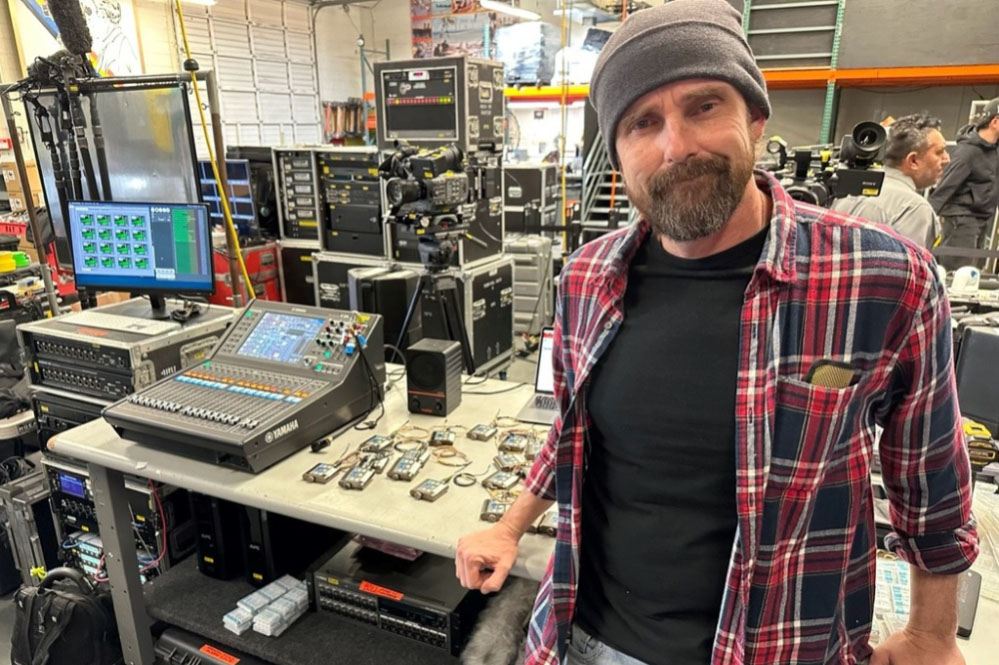Reality television series Below Deck and its spinoffs, in which camera crews follow chartered superyachts and the affluent customers who book them, sees Robert “Bobby” Brehmer, the audio supervisor for the entire brand, capturing the action with Lectrosonics D2 digital wireless gear.
Provided by Los Angeles-based rental house RGear, a supplier of audio and visual equipment to the reality TV industry, the wireless kit includes DBSMD transmitters with DCR822 receivers filling roving audio bags and four-channel DSQD receivers feeding master control. In addition, DHCT and DCHR pairings send reference mixes to cameras.
“Reality TV is very different than doing anything scripted, the way the story can change on a dime and how the crew has to follow that,” explains RGear co-owner Gregg Kita. “Though you can mix and process audio in post, you typically can’t call talent in to re-record dialogue. So, it has to be right the first time. Lectrosonics met this need from the very beginning — I’ve been using it for probably 30 years on reality series.”
One of many factors that sets some reality shows apart from fictional drama or comedy is the number of cast members. “Casts are often very large,” Kita notes, “often 25 to 30 members. Of course, they’re not usually all together at the same time. On the yacht(s), Bobby has around 30 receivers going at once — several DSQD receivers in a ‘control room’ with him and an elaborate antenna system around the boat to get coverage for the majority of the entire yacht. for the ENG mixers running around with each camera and mixing only what their camera is shooting, it isn’t practical for them to have that many receivers in their audio bag. The DCR 822 is ideal because it has two channels; so, they carry eight channels around (four dual DCR 822s) and rely on the party dial feature in the DCR 822.”
“One cool thing about the DCR822 is that you can have a person’s name show up on the channel,” adds Brehmer. “So, we don’t need to remember that so-and-so is on 500.125, for example. We can just dial them up by name.”
Adding to the challenge is that while film sets are stationary, traveling vessels will likely encounter ever-changing RF environments. “The yacht might come into a port where there are new digital transmission towers for broadcast or 5G,” says Kita. “That means we must be very agile and quick about switching to new frequency plots, but holding onto whatever is still working in order to interrupt the story flow as little as possible.”
For this task, Brehmer keeps a laptop running Wireless Designer in his vacinity. “Wireless Designer is now my primary intermod coordinator,” he says. “It’s very consistent and has become the straight go-to for us.” Brehmer also notes that given the potential for electromagnetic interference from maritime communications and navigation equipment, not to mention the RF jammers some yacht owners deploy as a privacy measure, “the wideband ability of the DCR822 and DBSMD is just a game-changer. [It covers] the full legal RF spectrum and can squeeze more usable channels into a given bandwidth. Like all the Lectro stuff that came before, they’re consistently easy to use, durable, and sound fantastic.”




















